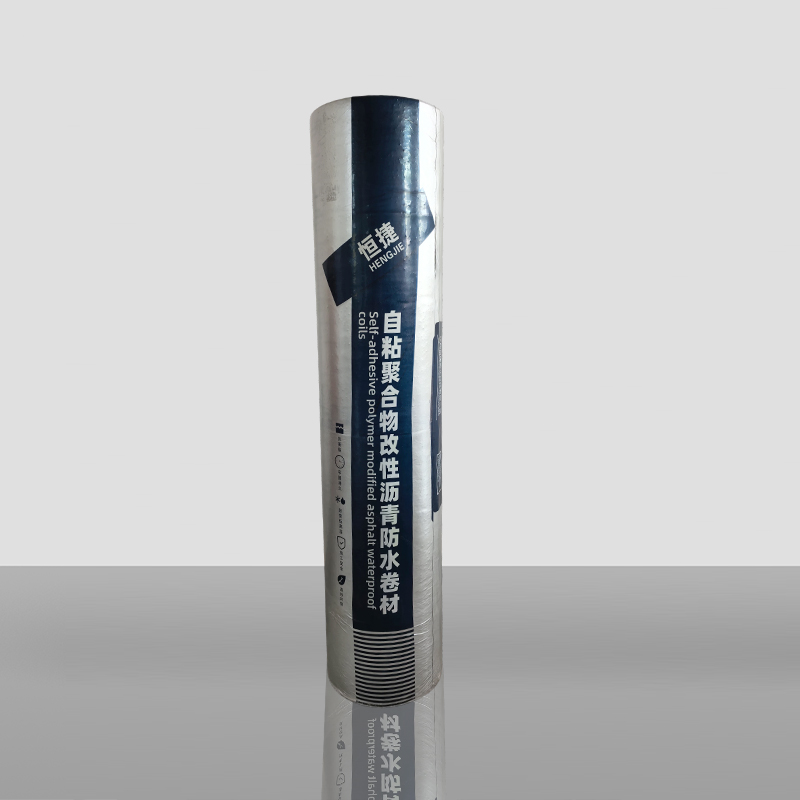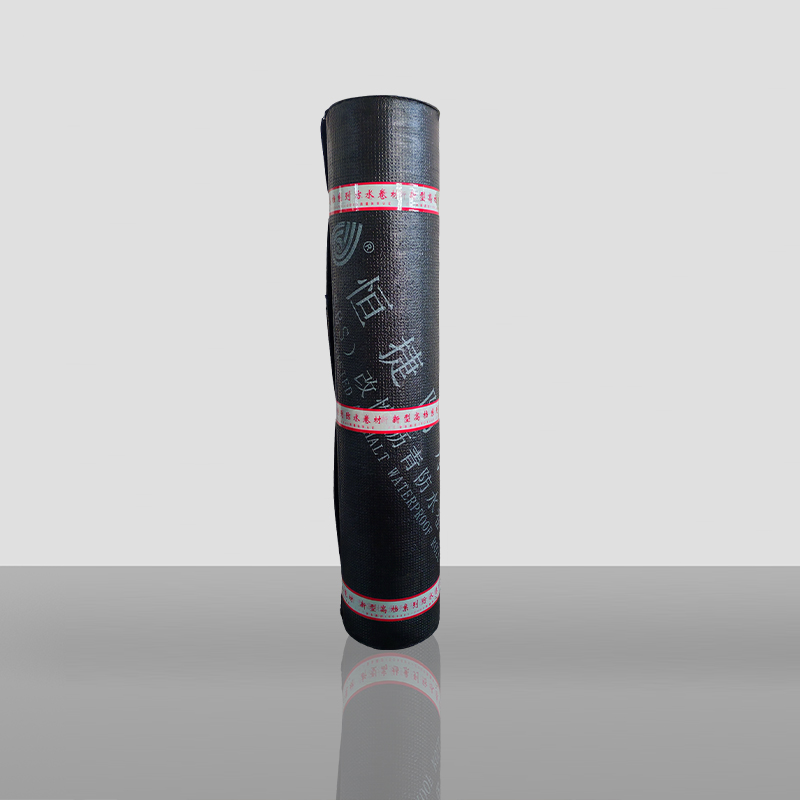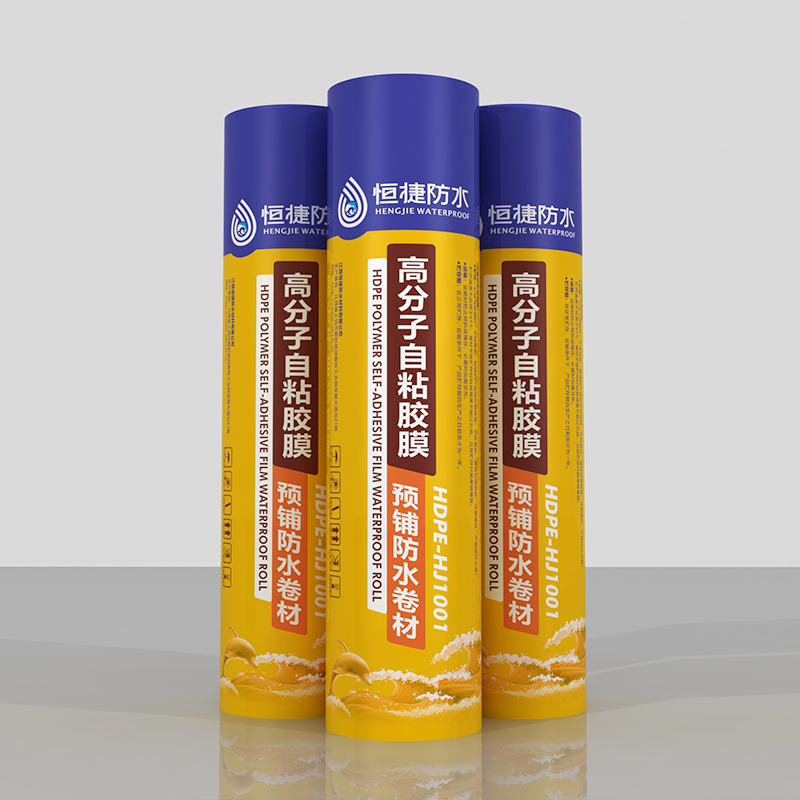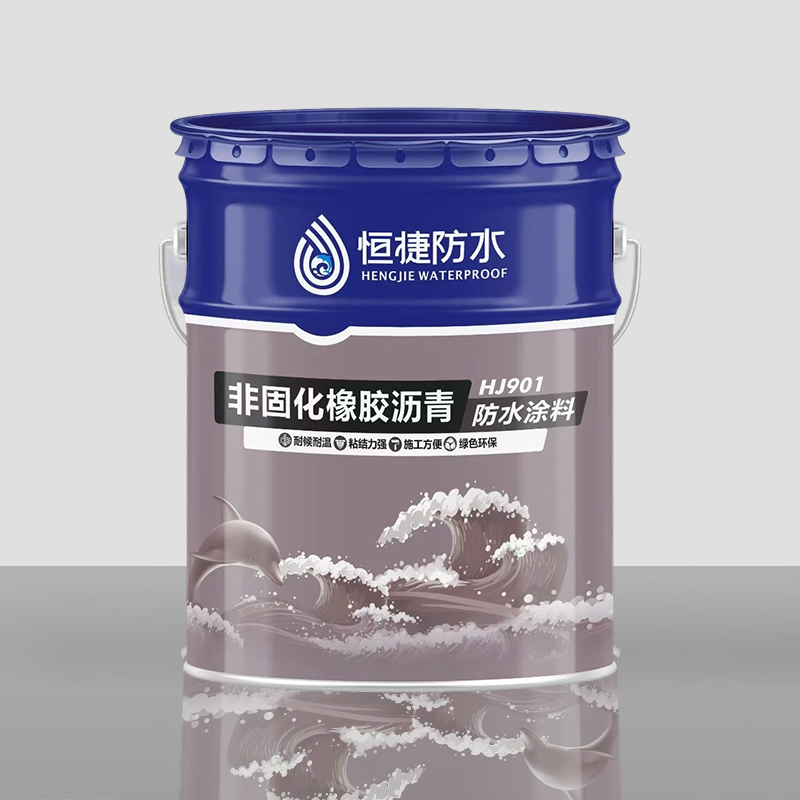Analysis on the self-adhesive layer principle and influencing factors of bonding performance of self-adhesive polymer modified bitumen waterproof membrane
Release Time : 2025-04-24
Self-adhesive polymer modified bitumen waterproof membrane is widely used in building waterproof projects due to its advantages such as convenient construction and tight bonding. As the core part of the membrane to achieve bonding with the base layer, the working principle and bonding performance of the self-adhesive layer directly determine the waterproof effect and project quality. In-depth exploration of the principle of the self-adhesive layer and the factors affecting the bonding performance are of great significance to improving the reliability of waterproof projects.
The self-adhesive layer of self-adhesive polymer modified bitumen waterproof membrane is mainly composed of modified asphalt, tackifier, softener, filler and other additives. Among them, modified asphalt improves the high and low temperature performance and flexibility of asphalt by adding polymers (such as SBS, APP, etc.); tackifiers (such as terpene resins, petroleum resins) can significantly improve the viscosity of the material, so that the self-adhesive layer and the base surface have a physical adsorption effect; softeners adjust the hardness and construction performance of the self-adhesive layer; fillers enhance the strength and stability of the self-adhesive layer. When the self-adhesive layer contacts the surface of the base layer, under the action of pressure, the sticky substance in the self-adhesive layer will fill the tiny pores on the surface of the base layer, forming a tight physical bite, and at the same time, the van der Waals force between molecules makes the two firmly bonded, thereby achieving a tight combination of the waterproof membrane and the base layer.
The material's own characteristics are the basis for affecting the bonding performance of the self-adhesive layer. The type and ratio of modified asphalt directly determine the performance of the self-adhesive layer. Asphalt modified by different polymers has differences in viscosity, temperature resistance, etc. For example, SBS modified asphalt has good low-temperature toughness and is suitable for cold areas, while APP modified asphalt has outstanding high-temperature resistance and is more suitable for high-temperature environments. The type and amount of thickener are also crucial. The right amount of thickener can improve the viscosity, but excessive amount may cause the cohesion of the self-adhesive layer to decrease, resulting in flowing or debonding. In addition, the particle size and gradation of the filler affect the density and flexibility of the self-adhesive layer, which in turn affects the bonding effect.
The base condition has a significant impact on the bonding performance of the self-adhesive layer. The cleanliness of the base surface is the key. If there are impurities such as dust, oil, and water on the base surface, it will hinder the direct contact between the self-adhesive layer and the base, weakening the bonding force. The flatness of the base is also very important. A surface that is too rough or uneven will cause uneven force on the self-adhesive layer, resulting in weak local bonding; while a base that is too smooth is not conducive to the physical bite between the self-adhesive layer and the base. In addition, the strength and moisture content of the base also affect the bonding performance. A base with insufficient strength is prone to cracks when subjected to force, causing the waterproof membrane to separate from the base; a base with too high a moisture content will prevent the moisture in the self-adhesive layer from being discharged in time, affecting the bonding effect and even causing debonding.
Construction technology is an important link to ensure the bonding performance of the self-adhesive layer. The construction temperature has a significant impact on the bonding effect. In a low temperature environment, the viscosity of the self-adhesive layer decreases and the bonding force with the base is weakened. Therefore, the construction temperature is generally required to be no less than 5°C; in a high temperature environment, the self-adhesive layer may flow due to excessive softening, affecting the construction quality. The degree of compaction during laying is also crucial. Using a special roller to fully compact the waterproof membrane can make the self-adhesive layer fit closely with the base layer, expel air, and enhance the bonding strength. In addition, if there are problems such as insufficient overlap width and improper handling of the overlap during construction, the overall bonding performance of the waterproof membrane will also decrease, leaving hidden dangers of leakage.
Environmental factors act on the self-adhesive layer for a long time, affecting its bonding performance. Natural factors such as ultraviolet rays, rain, and temperature changes will accelerate the aging of the self-adhesive layer material. Ultraviolet radiation will degrade the polymer material in the self-adhesive layer and reduce its viscosity; rainwater erosion may cause some components in the self-adhesive layer to be lost, affecting the bonding performance; frequent changes in temperature will cause different degrees of thermal expansion and contraction between the self-adhesive layer and the base layer, causing stress concentration at the bonding interface, which will lead to a decrease in bonding strength over time. In addition, the erosion of chemical substances, such as acid and alkali substances in industrial waste gas and sewage, will also damage the self-adhesive layer and weaken its bonding performance.
The bonding performance of the self-adhesive polymer modified bitumen waterproof membrane is affected by many factors, including the material itself, the condition of the base layer, the construction process and the environment. To ensure a good bonding effect, it is necessary to optimize the material formula, strictly treat the base layer, standardize the construction process and take necessary protective measures. By comprehensively controlling these influencing factors, the bonding performance of the self-adhesive layer can be effectively improved, the quality and durability of the waterproofing project can be guaranteed, and reliable waterproof protection can be provided for the building.







